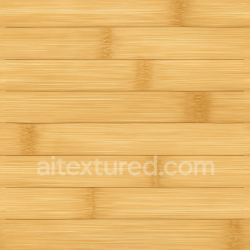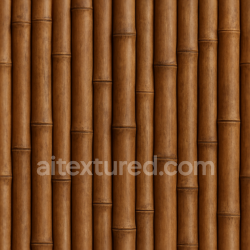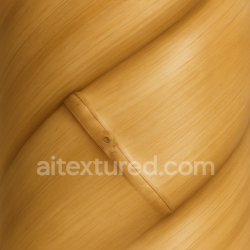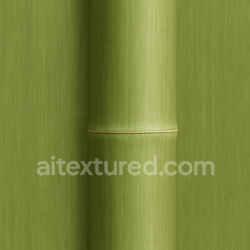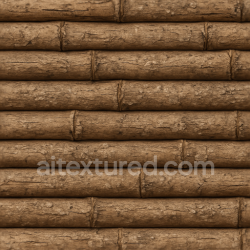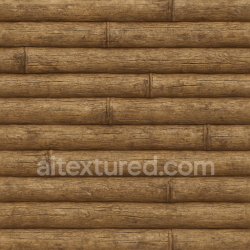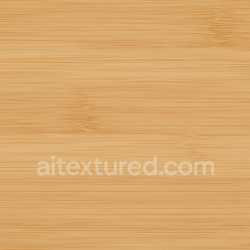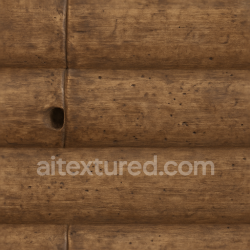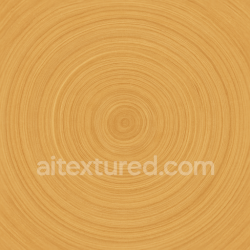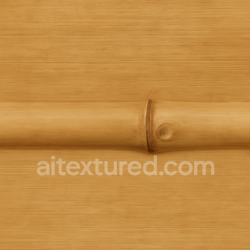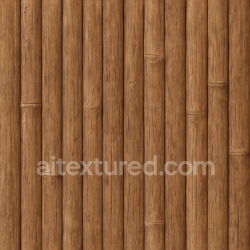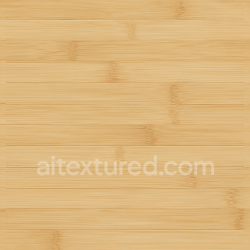Create Seamless PBR Textures from Photos (and When to Use AI)
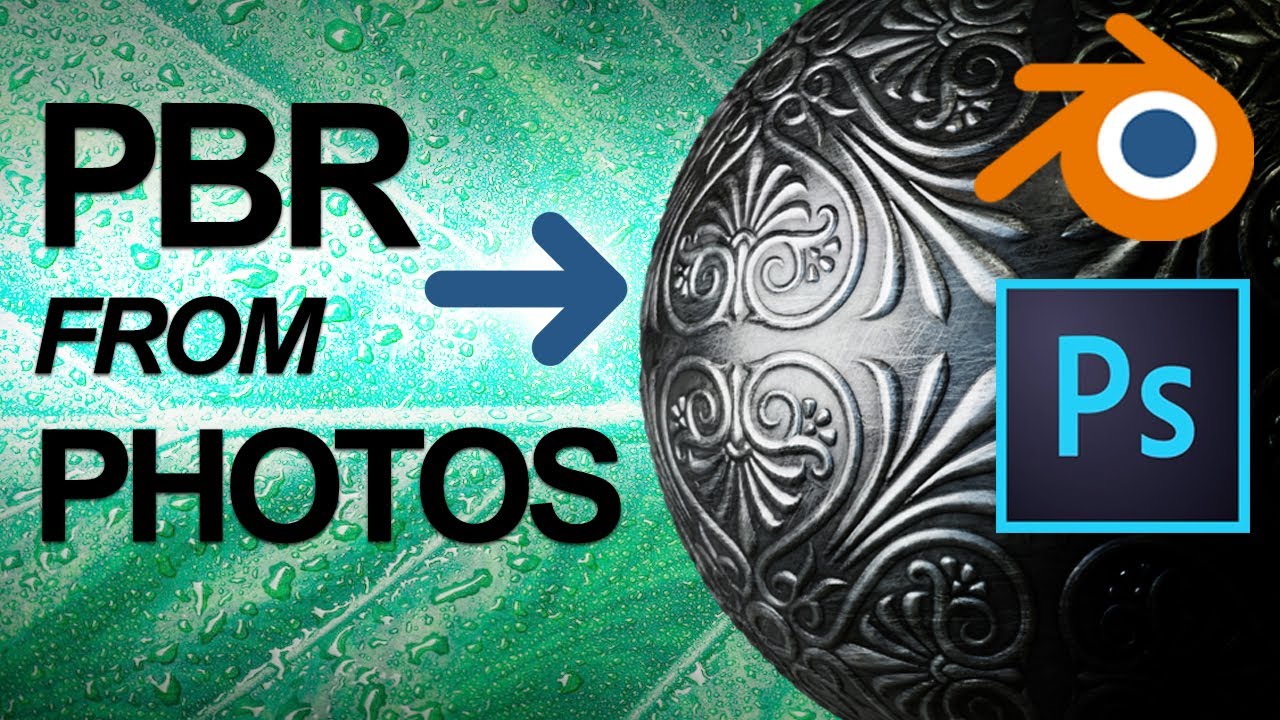
Turning a real-world surface into a seamless, PBR-ready texture is a powerful skill. This guide shows how to go from a clean source photo to Albedo/Normal/Roughness/Height maps, make the image perfectly tile, and validate results in Blender (plus notes for Unity and Unreal). We’ll also cover when it’s faster to use AI-generated seamless textures.
1) What You’ll Need
- Camera/phone with manual exposure (RAW preferred)
- Even lighting (overcast daylight or soft indoor light)
- Photo editor: Photoshop / Affinity Photo / GIMP
- Map generator: Substance 3D Sampler/Designer, Materialize, etc.
- DCC: Blender for shader setup and validation
- Optional: tripod, gray card for white balance
2) Capture: Get a “Flat” Photo That Bakes Well
Do:
- Shoot straight-on; keep the camera parallel to the surface.
- Avoid harsh shadows/speculars; use overcast light or a diffuser.
- Fill the frame with uniform area; avoid seams/logos near edges.
- Keep scale references (coin/tape) for later; remove them before the final crop.
- Expose to the right (ETTR) without clipping; shoot RAW if possible.
Don’t: Use flash, aggressive angles, or mixed color lighting.
3) Pre-Process the Image (Color, Distortion, Crop)
- Lens/perspective correction: make the surface look orthographic.
- White balance & neutral tone: remove color cast.
- De-light for Albedo: frequency separation or gentle dodge/burn to remove baked shadows/highlights.
- Crop square: 1024/2048/4096 px; keep a little padding for later tiling.
- Heal defects: remove nails, leaves, stains, etc.
Goal: an Albedo/BaseColor with intrinsic color only — no lighting baked in.
4) Make It Seamless (Offset & Fix Seams)
- Offset by 50% in X and Y (Filter → Other → Offset).
- Use Clone/Heal to blend patterns across the visible seam lines.
- Toggle offset until seams are invisible.
- Validate with a quick 2×2 or 3×3 tile preview on a larger canvas.
Pitfall: long “drift” lines (wood grain, grout) that break at the seam. Match direction and thickness before healing.
5) Generate PBR Maps
- Albedo/BaseColor: start from your de-lit image.
- Normal map: set intensity for readable micro-detail without noise.
- Roughness: bright = matte, dark = glossy. Avoid pure black/white.
- Height/Displacement: derive from grayscale; denoise and clamp extremes.
- AO (optional): subtle only; not a lighting replacement.
Channel packing (optional): R=AO, G=Roughness, B=Metallic, A=Height; Normal in a separate texture.
6) Final Albedo Clean-Up
- Remove any residual lighting with local dodge/burn.
- Match perceived real-world scale (e.g., brick ≈ 200 mm long).
- Slightly reduce chroma noise on high-frequency materials (asphalt, sand).
Export 2K and 4K masters (PNG/TIF). For distribution, PNG/WebP.
7) Validate in Blender (Shader & Scale)
Node setup (Principled BSDF):
- Albedo → Base Color
- Roughness (Non-Color) → Roughness
- Normal (Non-Color) → Normal Map → Normal
- Height → Displacement (via Displacement node) → Material Output
Coordinate & tiling: Texture Coordinate + Mapping (UV). Set Scale to match real size; test 4×4 / 8×8 tiling.
Displacement vs Bump: close-ups → true displacement (Cycles, adaptive subdiv). Mid/far or real-time → bump or parallax.
8) Break Up Repetition
- Add a macro detail layer (very low-frequency noise) over Albedo/Roughness.
- Randomize UVs per instance (Object Info → Random → drive Mapping offset).
- Use decals (leaks, cracks, stains) in hero areas.
- Blend two similar materials with a mask to add variation.
- Use triplanar mapping on irregular meshes to avoid stretching.
9) Exporting to Unity & Unreal
Unity
- Albedo (sRGB on), Normal (mark as Normal), Roughness may need inversion if pipeline expects Smoothness.
- Wrap: Repeat; Filter: Trilinear; Aniso: 8–16.
- Start with 2K; profile memory, then adjust.
Unreal Engine
- Albedo (sRGB on), Normal (sRGB off), packed masks (sRGB off).
- Use Virtual Textures for huge worlds; ensure MikkTSpace consistency.
- Standard metal/rough: plug Roughness directly (no inversion).
10) Quality Checklist
- Shot straight-on under soft, even lighting
- Perspective corrected; color balanced; de-lit Albedo
- Seamless via Offset + Clone/Heal; 3×3 tile test passed
- PBR maps physically plausible (no pure 0/1 extremes)
- Scale matches real measurements in scene
- Displacement strength realistic; no ballooning/z-fighting
- Repetition masked (macro detail / decals / blends)
- Engine import flags correct (sRGB/Normal/packing)
- 2K/4K variants exported; memory budget profiled
11) Common Mistakes & Quick Fixes
- Harsh shadows in Albedo → Re-shoot or stronger de-light (frequency separation).
- Plastic look → Roughness too low/compressed; widen value range.
- Noisy Normals → Height-to-normal too strong; denoise and lower intensity.
- Seams visible after tiling → Re-offset and blend; check long continuous lines.
- Wrong scale → Use a 1 m cube + checker UV to calibrate.
- Engine mismatch → In Unity (Standard), convert Roughness ⇄ Smoothness properly.
12) When to Use AI-Generated Seamless Textures
- Speed/coverage: dozens of variations quickly (brick, bark, fabric, metals).
- Inspiration & look-dev: block mood/palette before photogrammetry.
- Rare or idealized surfaces: perfectly clean tiles, sci-fi patterns, stylized looks.
Explore AI-generated seamless, PBR-ready textures — categories like Brick, Bark, Parquet, Patterns, Roofing, Sand/Soil, Snow/Ice, Fabric/Leather, Glass, Rubber, Ceramic Tile and more. Drop into Blender, set real-world scale, and you’re production-ready in minutes.
Mini-FAQ
What resolution should I export?
Start with 2K for most assets. Use 4K for hero/close-ups; go 1K for background.
Do I always need Height/Displacement?
No. If relief is subtle or the camera is mid/far, Normal + Roughness with good lighting is often enough.
Can I mix photo-based and AI textures?
Yes. A common workflow is AI base → add real photo decals → unify with color/roughness grading.
Call to action: Speed up your workflow with ready-to-use AITextured.com materials — seamless, tileable, and PBR-ready for Blender, Unity, and Unreal.
